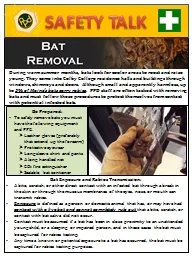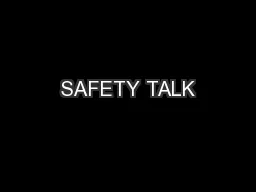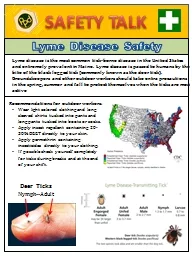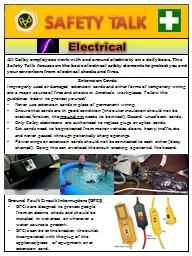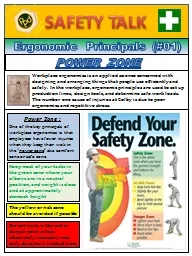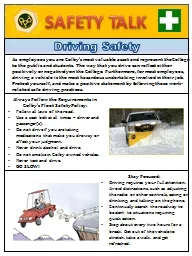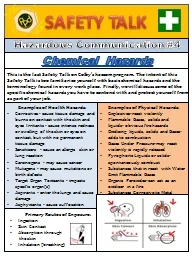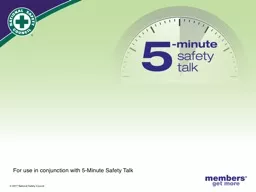PPT-SAFETY TALK
Author : calandra-battersby | Published Date : 2015-10-25
Bat Removal During warm summer months bats look for cooler areas to roost and raise young They come into Colby College residence halls and buildings through windows
Presentation Embed Code
Download Presentation
Download Presentation The PPT/PDF document "SAFETY TALK" is the property of its rightful owner. Permission is granted to download and print the materials on this website for personal, non-commercial use only, and to display it on your personal computer provided you do not modify the materials and that you retain all copyright notices contained in the materials. By downloading content from our website, you accept the terms of this agreement.
SAFETY TALK: Transcript
Download Rules Of Document
"SAFETY TALK"The content belongs to its owner. You may download and print it for personal use, without modification, and keep all copyright notices. By downloading, you agree to these terms.
Related Documents

